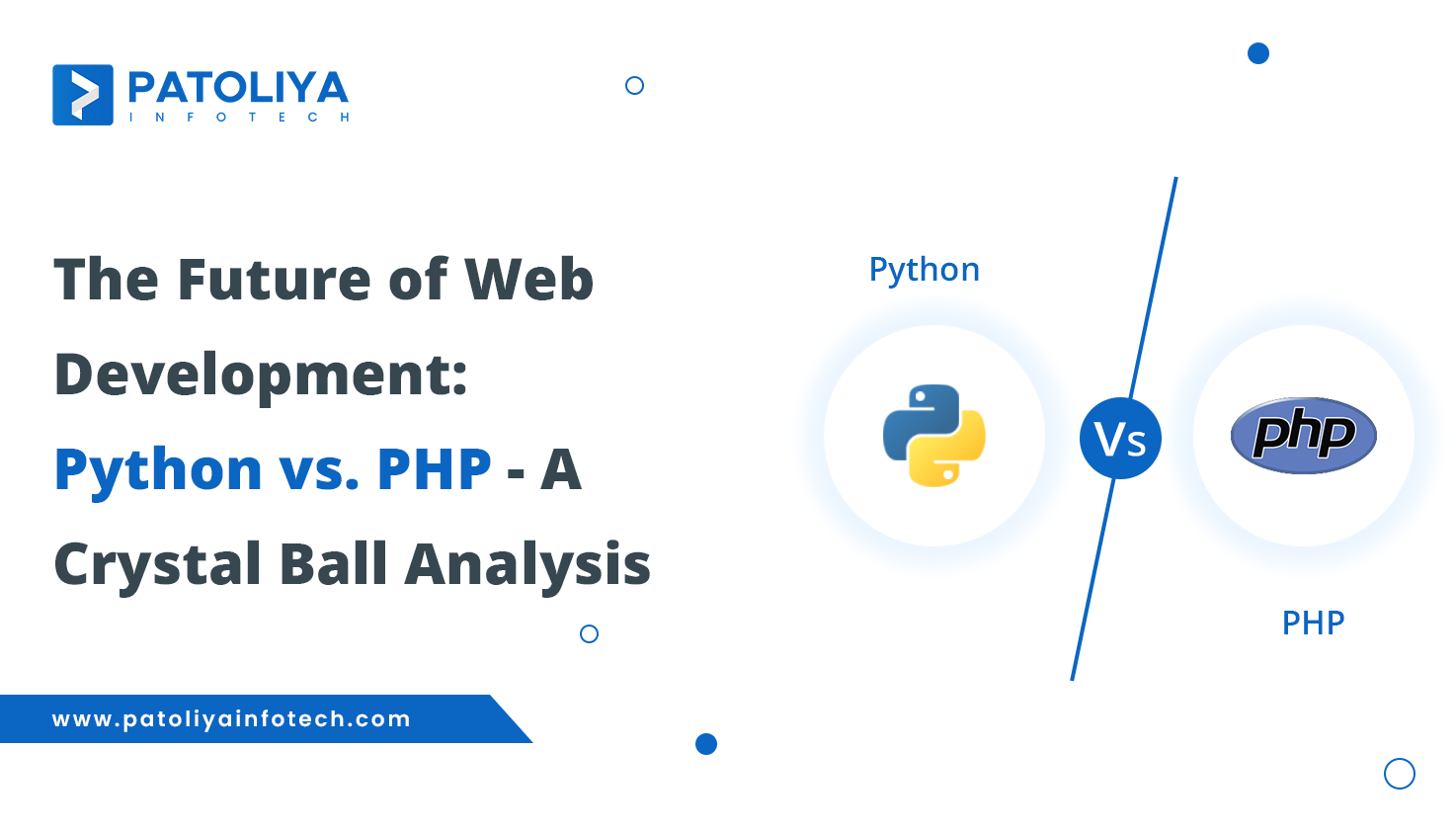A Complete Guide to Building a Fintech App

The FinTech sector has emerged as a powerhouse, showcasing rapid growth and immense potential. This remarkable ascent has sparked keen interest among businesses worldwide, prompting them to explore the vast opportunities nestled within this dynamic and evolving industry.
At the heart of this surge lies the transformative force of FinTech applications. These technological marvels have transcended conventional tools, embedding themselves as indispensable assets for individuals, businesses, and financial institutions alike. They've effectively reshaped the contours of financial management, delivering streamlined processes, enriched user experiences, and unparalleled access to a spectrum of financial services.
Consider these applications as gateways to a realm where financial intricacies seamlessly unravel at the touch of a screen. Within these FinTech apps resides the promise of simplified financial transactions, robust budgeting aides, and personalized solutions catering to diverse fiscal needs. They've emerged not merely as software but as catalysts for simplifying the complexities of financial oversight.
However, the crux of a standout FinTech app resides in its technological prowess—a fusion of innovation and user-centric functionalities. Visualize incorporating features that decode spending habits with precision, dissect credit profiles with accuracy, or sculpt e-wallets tailored for individualized budgetary control. These attributes aren't just value additions; they signify the hallmark of distinction, elevating user engagement and augmenting business expansion.
Yet, the journey to crafting a triumphant FinTech software isn't a stroll in the park; it's a systematic expedition demanding meticulous planning and strategic execution. It necessitates an in-depth understanding of the industry's nuances, a keen eye for technological innovation, and an unwavering commitment to delivering excellence.
Enter this comprehensive guide—a roadmap delving into the intricacies of FinTech app development. This resource elucidates the essential components, explores pivotal technological integrations, and delineates the systematic blueprint essential for navigating the ever-evolving landscape of FinTech. It's a definitive journey through the spectrum of FinTech app creation—a landscape teeming with opportunities and poised to redefine the contours of financial technology in the days to come.
A deep dive into the expansive world of FinTech. Here, possibilities abound, and the future of financial technology awaits its transformational innovators and strategic navigators.
What is Fintech?
Financial technology is referred to as fintech. It is any software or technology used to perform financial and other related tasks. Financial technologies are now essential to our daily routines because they have spread so widely.
You'll realize that you utilize fintech products regularly whether via ATM cash withdrawals, establishing and applying virtual cards on your cell phone, or mobile wire transfers to a friend in a different city.
There is definitely a high demand, thus it is understandable why there are so many financial apps these days. But what does a fintech app actually do?
What is Fintech App Development?
The process of creating a mobile application that offers customers financial solutions is known as fintech app development. Software engineering, user experience design, and financial knowledge are combined throughout creating fintech apps to produce an effective and user-friendly app that fulfills customers' needs.
Fintech is a huge business that remains to expand. As a result, there are numerous different fintech apps on the market right now. Nevertheless, the need for financial software has increased regardless of the style, particularly during the past few years.
Let's explore the various benefits of fintech app, which helps business grow and expand.
What are the benefits of FinTech apps?
FinTech applications have many advantages for your business and its customers. By implementing new and cutting-edge technologies, your company may generate more revenue and provide your clients with possibly more convenient online payment and money management solutions. The list of the top benefits of FinTech apps is provided below.
Simplifying client finance management
A FinTech app can make managing your clients' finances much simpler. This is due to the fact that FinTech software usually has a user-friendly interface that makes it simple to navigate. Additionally, a FinTech app frequently has tools that enable users to browse different FinTech categories as well as manage their spending and budgeting objectives. With their personal finance management app, your clients will be able to manage their money effectively.
They help save money on banking and investment fees
Additionally, FinTech software can assist in reducing investment and banking fees. This is because a FinTech app often has low-cost or even no-fee transactions for things like account transfers, deposits of money into your account from another bank, credit history, digital payments, etc. Having everything in one place in a finance app is what your customers will appreciate.
FinTech apps boost FinTech firms' competitive edge
The ability of a FinTech app to remain FinTech businesses one step ahead of competitors is one of the largest benefits of all. A well-designed FinTech app helps companies stay ahead of competitors by providing a competitive edge in the finance world. Conquer the FinTech market with a mobile banking app for instant transfers, digital banking solutions, cash advances, and card management.
FinTech apps are user-friendly, unlike traditional banking websites
One major advantage of using a FinTech app is its user-friendly interface, which is often more streamlined and intuitive compared to traditional banking websites. This can be attributed to the app's simple design and layout, where tasks such as depositing funds or transferring money can be completed with just a few taps or swipes. Providing your customers with a personalized finance management app for digital payments could be a game-changing move that brings them a fortune.
FinTech app improves customer retention and loyalty
By leveraging FinTech applications, businesses can enjoy the added advantage of boosting customer loyalty and retention rates. Through the use of a personal finance app, customers can access superior online banking services, resulting in a higher level of satisfaction. This, in turn, enhances the likelihood of customers staying loyal to your brand and even recommending it to potential new users of the app.
Unveiling the Latest Trends in the FinTech Revolution
The ever-evolving landscape of FinTech is characterized by continuous innovation and groundbreaking trends that are reshaping the financial sector. Keeping abreast of these trends is crucial for businesses aiming to thrive in this dynamic environment.
Blockchain Integration in FinTech
Blockchain technology continues to revolutionize FinTech with its decentralized and secure framework. Its integration in financial transactions, smart contracts, and digital identity verification systems promises enhanced security, transparency, and efficiency.
Artificial Intelligence (AI) and Machine Learning (ML) Adoption
AI and ML applications are powering intelligent algorithms, enabling personalized financial services, risk assessment, fraud detection, and customer behavior analysis. These technologies optimize decision-making processes and offer tailored solutions to customers.
Rise of Open Banking Platforms
The advent of Open Banking fosters collaboration between financial institutions and third-party developers, allowing secure data sharing via APIs. This facilitates the development of innovative financial products and services, enhancing customer experiences and enabling financial inclusivity.
Evolution of Digital Currencies and Central Bank Digital Currencies (CBDCs)
The surge in digital currencies, including stablecoins and cryptocurrencies, alongside the exploration and piloting of CBDCs by various central banks, indicates a potential transformation in the global monetary system, reshaping the way transactions are conducted.
Focus on Sustainability and ESG (Environmental, Social, and Governance) Factors
FinTech is increasingly integrating ESG factors into investment decisions and financial products. Sustainable finance solutions are gaining momentum, aligning with the growing emphasis on environmental and social responsibility.
Enhanced Cybersecurity Measures
With the proliferation of FinTech services, ensuring robust cybersecurity measures is paramount. Innovations in biometric authentication, encryption technologies, and real-time fraud monitoring are crucial to safeguarding sensitive financial data.
Expansion of RegTech Solutions
Regulatory Technology (RegTech) solutions are witnessing widespread adoption, aiding financial institutions in compliance management, automating regulatory processes, and mitigating risks associated with complex regulatory environments.
Navigating Decentralized Finance (DeFi)
DeFi platforms are disrupting traditional financial systems by offering decentralized lending, borrowing, and trading services. The potential for peer-to-peer transactions and decentralized applications presents new avenues for financial inclusion and access to global markets.
How To Develop Fintech App
It can be difficult to understand the development of a fintech application, but to make things easier, we have compiled a list of all the steps that must be followed which is clear and well-organized. Look at what happens next:
Step 1: Niche Selection
Before developing your fintech app, determining your niche is crucial. Decide on the type of app and fintech area to focus on, considering factors such as mobile banking, money management, crowdfunding, etc. Identifying your target audience and their needs comes next, as this research will streamline the development process.
Step 2: Cost Estimation
Once you've decided on a niche, make sure your financial app has the needed functions for avoiding complexity and confusion. Prepare a budget estimate in advance to avoid development delays. To ensure a seamless process, create a project scope paper that includes your requirements and budget.
Step 3: Develop a Team
Creating or hiring the right development team is crucial for building a fintech app. You need experts in UI design, web development, project management, quality assurance, Android/iOS development, business analysis, front-end and back-end development, and more. An experienced team ensures high-quality app development and efficient use of invested resources. The team size will depend on the project size, and you can also hire individual fintech developers for small projects based on needed skill sets.
Step 4: Selection of Technology Stack
Selecting the right tech stack is crucial for a successful financial app. Customized tools and technologies for front-end and back-end are required based on app type and features. A proper stack selection might decrease expenses and launch time. Java, Swift, Ruby, C#, Python, C++, and Kotlin are important technologies. For iOS and Android, Swift and Objective C are used, whereas Java and C# are used for other platforms.
Step 5: Develop MVP
It's a good idea to test your plan before starting the whole development process. Enter the world of the MVP, or Minimum Viable Product, which is a proof of concept with only enough features to run. This strategy ensures that consumers will receive value from your financial app and that it will run without issues. By getting early feedback via an MVP, you reduce risks while gaining access to insightful information and possibilities for growth.
Step 6: Improve and Support
The journey of your app doesn't end with development and deployment. Ongoing improvements and updates are crucial for ensuring its smooth functionality. New features can be added periodically, and legal compliance should be kept up-to-date to meet evolving requirements. Stay ahead by constantly refining and enhancing your fintech app even after its initial development.
Wrap Up
The FinTech sector stands at the forefront of innovation, representing not just an industry but a transformative force shaping the future of finance. The exponential growth and the inherent potential within this domain have incited a global interest, prompting businesses worldwide to harness the myriad opportunities it presents.
FinTech applications have revolutionized financial management, offering streamlined processes, enriched user experiences, and unprecedented access to diverse financial services. As businesses endeavor to create standout FinTech apps, integrating cutting-edge technologies and user-centric functionalities will remain pivotal.
The journey to crafting exemplary FinTech software demands meticulous planning, technological expertise, and an unwavering commitment to excellence. This comprehensive guide serves as a roadmap, unveiling the complexities of FinTech app development, navigating through essential components, and illuminating pivotal technological integrations.
It's a testament to the vast potential and transformative capabilities of FinTech, a landscape teeming with opportunities for those ready to innovate and redefine the future of financial technology.


